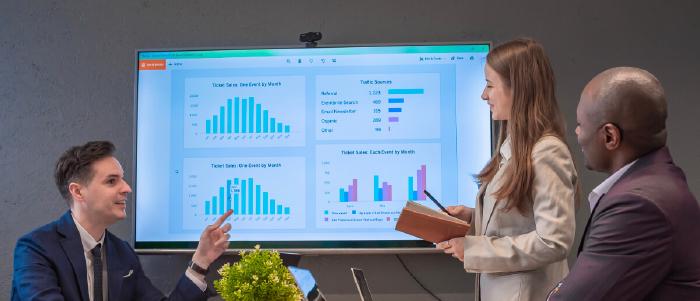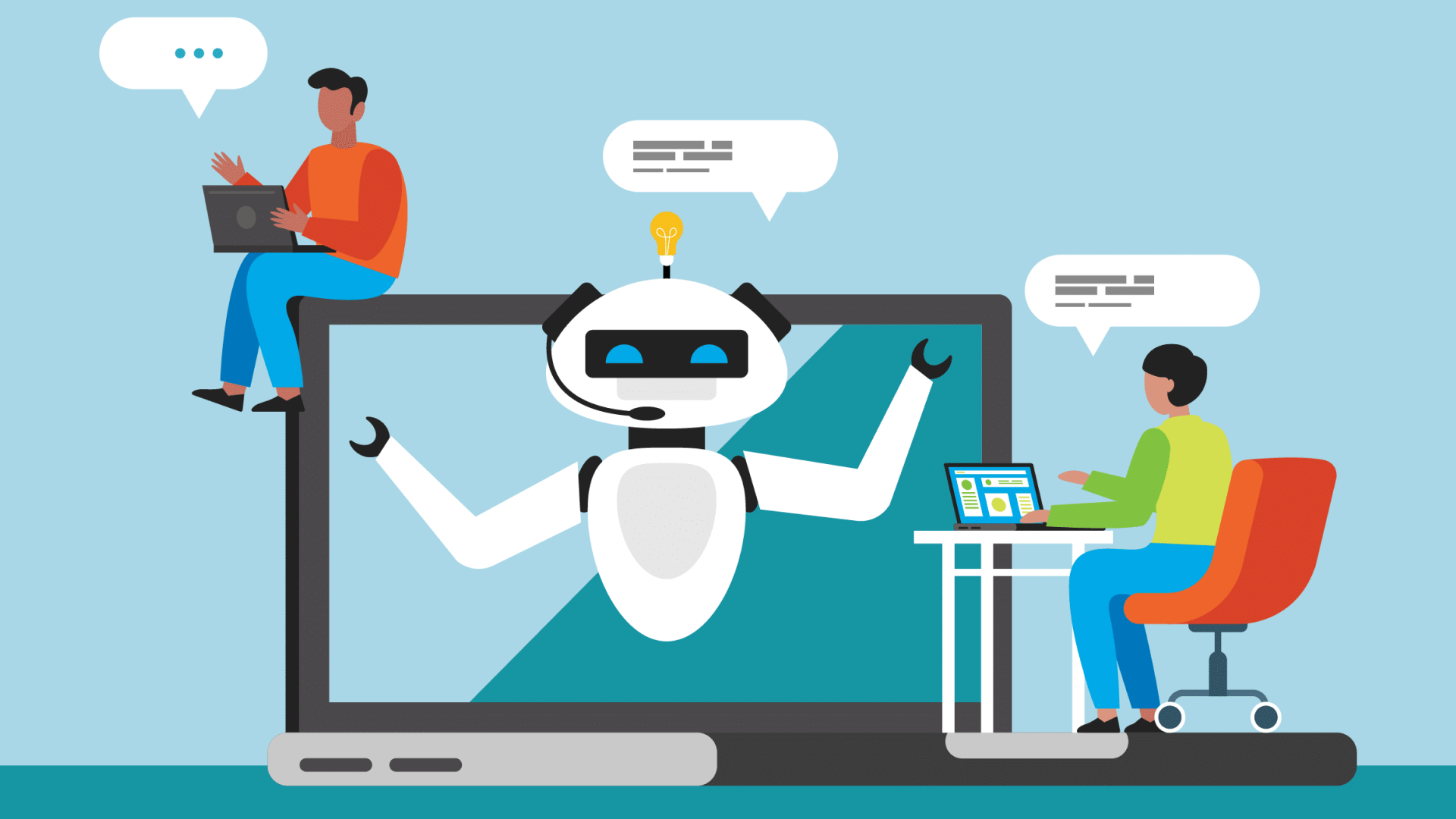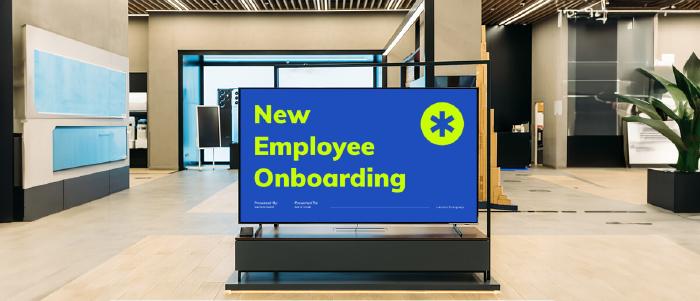
Nov 20 2024
8 min read

Ask yourself a question, and promise to be honest! Agree?
How much of your time is consumed by daily repetitive tasks?
Let’s drop a reality check: current research indicates that up to 90% of employees are frequently burdened with tedious, repetitive tasks. Now, let your boss know that only 27% of your time is dedicated to the skilled craft you’ve been trained and hired to do. This staggering imbalance not only saps productivity but also drains job satisfaction and creativity from the workforce.
Imagine how your work life could change with the arrival of smart technology managing all your repetitive and boring tasks. This shift would grant you the freedom to concentrate on what truly counts—innovation, creativity, and tackling complex problems. The imagination is now a reality; it’s the transformation power of workplace automation.
In this blog, we’ll dive into the world of workplace automation. By the end, you’ll see how embracing automation can transform not just the workplace but your entire approach to work and life.

Workplace automation refers to using smart technology to automate repetitive or predictable tasks, eliminating the need for constant human intervention. This modern approach contrasts with traditional methods commonly seen in work environments.
Technology here plays a vital role in boosting workplace productivity and cutting down time spent on tasks. This allows employees to concentrate on more critical assignments and manage a larger workload with fewer personnel.
Zooming into technology, the emergence of machine learning and digital signage has transformed the workplace landscape. The blend of artificial intelligence with software systems widens the perimeter of workplace possibilities. Tasks such as scheduling meetings, managing inboxes, or handling HR onboarding processes can now be automated.
Forbes reports that, on average, workers receive a minimum of 200 emails per day and spend around two and a half hours on unproductive email management. With AI, these tasks can be completed within minutes, leading to efficient workplace automation.

Combining a capable workforce with automation tools can prove to be a great boon for any business. Automation in the workplace has certain key benefits that make it so desirable. These benefits are:
One of the major benefits of workplace automation is that it significantly increases productivity and scalability. For instance, an ecommerce store can automate everything after an order is placed, including inventory updates, packaging, and shipping. It can significantly contribute to scaling the business while handling larger volume orders.
In addition, the employees can then perform some extra tasks within the same timeframe, increasing the number of tasks performed in the workplace.
Since automation allows a project to be completed within a much shorter deadline and less workforce is needed to complete the task, the workplace saves a great deal of money and time. In fact, after automation, the workplace earns more money as the amount of tasks a workplace can do increases after automation.
For instance, a financial services firm can automate the invoicing and accounts receivable process. It will reduce the time spent on manual billing, which will save the company money and time.
From doing mundane day-to-day basic tasks and activities to conducting complex, important projects in a workplace, workplace automation can be handled without errors.
Take the example of a pharmaceutical company; automated machines handle the mixing, packaging, and labeling of medications with exact precision. Thus, the tasks and projects are performed with utmost precision and consistency if the workplace is automated.
One of the most worrisome issues that almost every workplace faces is that employees get dissatisfied with the basic work that they are asked to do. When automated systems handle scheduling, reporting, and routine client updates, employees can instead focus on more meaningful, innovative, and important work, increasing their satisfaction level.
Instead of employing a worker to perform manual audits and checks, a workplace can use AI and workflow automation tools to do such tasks. Like, a healthcare organization uses automated systems to manage patient records and ensure compliance with HIPAA regulations. It greatly reduces the risks of errors and increases compliance and security of patients’ data.
A business holds various departments that collectively work together, and automation can be injected into these sectors. Workplace automation streamlines processes, boosts productivity and enhances accuracy. Let’s explore some examples of automation across different functions to better understand its impact.
Almost 73% of HR’s time is occupied with repetitive tasks, and the majority of them can be automated. The most tedious task for HR is screening job applications and resumes. AI can filter the most eligible candidates from the pool of applications.
Additionally, the onboarding process, including meeting scheduling, interviews, and training, can be managed by AI automation. The global household appliance company Electrolux uses AI to hire people and successfully decreased their hiring time by 9%.

Customer service management is essential across industries transitioning from retail to ecommerce. AI-based chatbots have become key in addressing the majority of customer queries, reducing the need for human agents for every interaction. The advantage lies in their ability to handle frequently asked questions and provide 24/7 support to customers worldwide.
Prominent brands like Domino’s and Amazon have embraced chatbots for customer service. This trend is gaining momentum, with 58% of B2B companies now integrating chatbots into their websites to enhance customer support.
Digital signage content automation is transforming how companies streamline internal communication and operational workflows. Instead of manually updating screens, automated content scheduling ensures that the right information reaches the right teams at the right time, without constant human intervention.
With Pickcel’s digital signage software, businesses can automate the display of event announcements, daily meeting schedules, company news, and recurring updates. This not only improves communication efficiency but also reduces the burden on administrative teams.
Moreover, interactive kiosks automate processes such as check-ins, wayfinding, and resource access, among other functionalities. A notable example is Cure.Fit, a leading wellness and lifestyle enterprise, which utilizes Pickcel’s digital signage solution to enhance internal office communication .
An AI-powered automation tool can analyze data and patterns, leading marketing campaigns accordingly. For instance, an ecommerce store can run personalized email marketing campaigns by analyzing customer behavior. This task, which can be daunting and time-consuming if done manually, is accomplished quickly by an automation tool. Another instance would be an AI SEO tool that analyzes search patterns and optimizes website content automatically. A business can improve its rankings by implementing AI-suggested keyword strategies.
In marketing, potential leads can be converted into closed deals through lead scoring, follow-up emails, and task reminders. All these tasks can be efficiently managed by a CRM system with automation features.
Automated supply chain management software can monitor inventory levels and initiate reorders as needed. This software analyzes historical data to forecast sales, ensuring sufficient stock is available to meet future demand. Its crucial role includes managing issues like overstock and stockouts, which can be prone to errors if handled only by human agents.
While many new innovative technologies are coming to the forefront these days, certain key technologies are driving workplace automation. These technologies are:
AI uses data and algorithms to generate solutions to complex questions, enabling quick and better business decisions. In addition to that, with machine learning, users can easily automate simple and lengthy repetitive tasks and complete hectic work within minutes, greatly reducing the workload. ChatGPT, Bing AI, and Grammarly are some popular AI tools that have become an essential part of workplaces.
Workflow automation tools are software that performs certain tasks and activities in a workplace without human interference. Popular workflow automation platforms include Zapier and Microsoft Power Automate, which allow users to create custom workflows tailored to their specific needs.
Connecting the devices in a workplace to the Internet of Things (IoT) can turn out to be an absolute boom. It not only allows users remote control over the devices but also enables the devices to work and acquire data on their own. For instance, IoT devices are interconnected, which enables them to exchange and analyze data, ensuring better decision-making in the workplace.
Automated digital signage is the most efficient way to deliver key information or messages in a workplace. By automation, businesses can quickly update their data by incorporating current information without the need for daily human input, significantly enhancing the performance of the workplace while reducing their load.
Robotic Process Automation (RPA) can single-handedly improve the efficiency of a workplace. RPA can handle the repetitive, dull, and simple day-to-day tasks of a workplace, giving the workers time to work on more meaningful projects. Some prominent examples of RPA tools are NICE, Blue Prism, etc.
Futurist David Smith quoted in his TEDx talk , “Automation that’s going on at the moment is going to lead us to a new renaissance and the second industrial revolution.” It’s clear that the future holds exciting and transformative advancements. Technology like hyper-automation, augmented reality, virtual reality, and blockchain technology are already bringing revolution, and we are looking forward to its upcoming innovations.





Nov 20 2024
8 min read

Sep 11 2024
7 min read

Feb 8 2024
4 min read

Jan 17 2024
4 min read
Take complete control of what you show on your digital signage & how you show it.
Start Free Trial Schedule My Demo